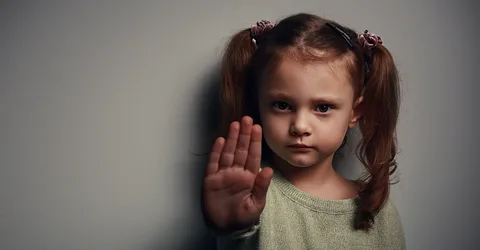Child abuse is a brutal reality that affects millions of children around the world. The approach of media presenting these sensitive topics plays a huge role in shaping public perspective and providing support to survivors of child abuse. Digital media and social media, both have the credibility to spread awareness on this topic. Let’s learn more about what media can do in this matter and how powerful it is.
The Power of Media
Media holds the power of influencing millions of people at a single time, it can also convey many stories, and get people arrested because of how fast a single news travels across the screens. It has many forms of conveying information such as television shows, movies, news bulletins, documentaries, and social media platforms. Reporting issues like child abuse comes with quite a lot of responsibility because it can not only spread awareness but also encourage policy changes and change the lives of many children. However, misinformation can traumatize the survivors all over again and mislead the public.
Sensationalism vs. Sensitivity
Since we are well aware of how media works and how easily things can spread across the platforms, it is important to realize that while displaying social and domestic issues, the media shouldn’t think about their benefit or cashing out any footage. Rather than focusing on graphic details in order to attract viewers, their main focus must be the issue and information about it because otherwise it just comes out as another form of yellow journalism.
Not censoring details of abuse or the victim turns tragic stories into mere spectacles that distract the audience from the actual issue. Responsible journalism highlights the humanity of victims and survivors along with talking about the societal issues that come with child abuse.
Ethical Considerations
Journalists have a responsibility to handle child abuse stories with maximum care. Protecting the identities of victims, avoiding re-traumatization, and providing trigger warnings are crucial ethical considerations. Collaboration with experts in child psychology and social work can enhance the accuracy and sensitivity of reporting.
Conclusion
In conclusion, if you’re keen to read about stories based on child abuse survivors and how strongly they overcome those issues, then “Rising Up: A True Story of Childhood Abuse“ by Nancy Pusateri is an ideal pick for you. Nancy Pusateri’s book is a powerful, raw journey through unimaginable pain and resilience. The book begins by introducing Nancy’s roots, tracing her family’s migration from Greece to the United States that sets the stage for the story shared ahead in the book. The story captures the complexities of family dynamics that highlight how cultural expectations, secrecy, and fear can paralyze those caught in their web. As the story continues, Nancy shares how she eventually realizes her own strength. She understands that survival is more than just enduring under the shadows of her troubled past; it is about finding a way to rise above them. Her journey is an unfiltered glimpse into the reality of surviving abuse and the difficult path toward healing and reclaiming one’s life.
Available on Amazon.
